Derivatives Trading
Trade forex, shares, commodities, indices, digital currency, and more at FP Markets

Trade forex, shares, commodities, indices, digital currency, and more at FP Markets
Derivatives
Trading with
FP Markets
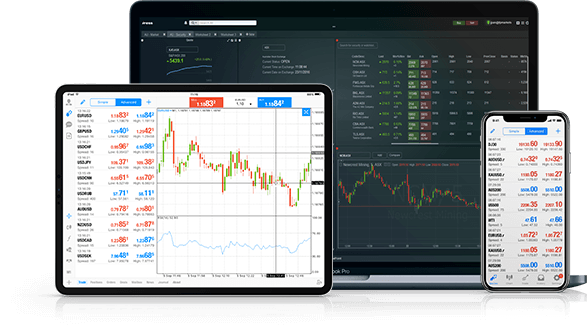
The history of derivatives dates back thousands of years but it was not until the 1980s that they became a prominent part of global trading. A period of financial deregulation was the catalyst for a rapid gain in popularity as a financial instrument. Driven by OTC interest rate derivatives, the derivatives market has ascended to become the most traded financial market in the world based on daily turnover.
An advancement in technology has also made access to these markets significantly easier for traders and investors. As an online broker, FP Markets offers 10,000+ tradable instruments through advanced trading platforms such as MetaTrader 4, MetaTrader 5.
What is
Derivative Trading?
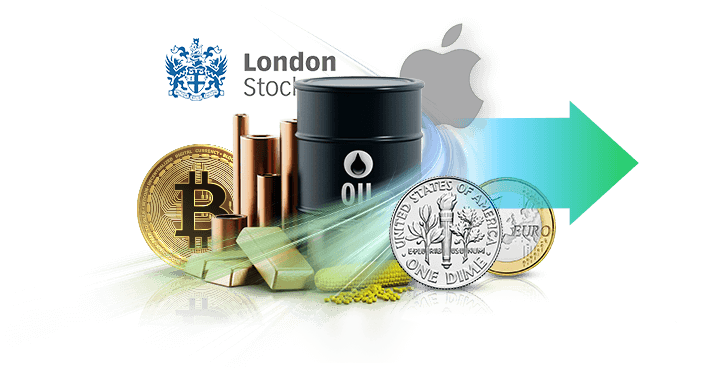

A derivative trade is a contract between multiple parties based on the underlying value of a financial asset. The underlying assets which the value is derived on include a wide range of financial instruments such as currencies, shares, commodities, indices, futures contracts, options contracts, and equities.
Derivatives trading is unique as the parties involved in are speculating on the future price movements of an underlying asset without actually owning it. In addition, this type of trading allows traders to take both long and short positions with respect to the price of an underlying asset. This is beneficial for traders, businesses and even governments who may be hedging against a current position they may already have.
The market participants can be broken
up into four main
categories which is
reflected by their reason to trade:
Hedging
As derivatives allow for trading in both rising and falling price fluctuations, they are often used for hedging purposes. As their value is linked with the price of the underlying asset, market participants are able to hedge against the risk of a particular asset. Many large corporations use hedging as a risk management strategy to minimise financial risk exposures.
Speculators
This group attempt to make a profit by accurately predicting the change in the future price of a financial instrument or asset. They conduct market analysis to identify trading opportunities and employ trading strategies in the attempt to extract profit.
Arbitrage
Is the process of extracting a profit by exploiting tiny differences in the pricing of identical assets in two or more markets. With a vast amount of financial markets, arbitrageurs can capitalise on the various pricing offered by various market participants.
Margin Trading
One of the benefits of derivatives trading is that investors can gain greater exposure to the market than the funds they have available in their trading account. Depending on the leverage level offered, traders can enter positions by investing only the margin required. Along with speculators and arbitrageurs, margin traders are considered crucial to capital markets as they provide liquidity.
How to Trade
Derivatives?
Over-the-counter (OTC)
This is a financial contract that does not trade on an exchange with its terms specifically drawn up to cater for the needs of each counterparty. There are no standardised terms or regulations that must be adhered to.
Regulated Exchange
As suggested by their name, exchange traded derivatives are contracts that are listed and traded on a regulated exchange. They have become increasingly popular as regulatory requirements eliminate the default risk of OTC derivatives. This is further helped by a set of standardised terms and higher levels of liquidity. The largest futures exchanges include the Chicago Mercantile Exchange (CME), New York Mercantile Exchange (NYME) and National Stock Exchange of India (NSE).
Exchange Contracts
Rather than physically purchase a financial instrument or asset such as a commodity, two parties who exchange a contract for the difference in price. The price difference is determined from the time the position is opened until it is closed. With exchange contracts, the price will always mirror that of the underlying security. They are an extremely popular derivative product with this type of trading being conducted via online brokers such as FP Markets. We provide a range of financial services including leveraged trading - one of the major benefits of this asset class.
Benefits of Exchange Contract Trading
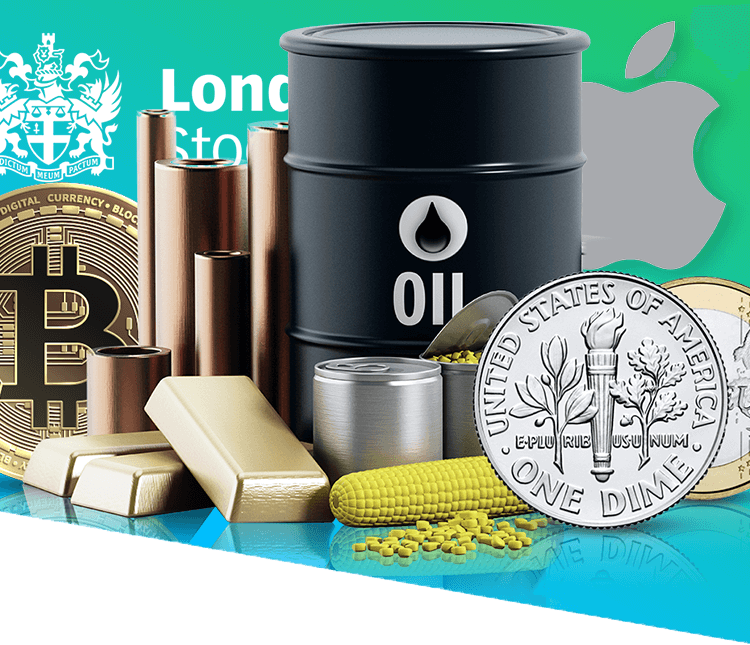
Product Offering
As exchange contracts mirror the price of an underlying market, traders are able to access a wide range of asset classes. FP Markets offers 10,000+ tradable instruments including forex, shares, commodities, stock market indices and digital currencies. Trading is available on advanced trading platforms that feature real-time pricing and an array of fundamental and technical analysis tools.
Leveraged Trading
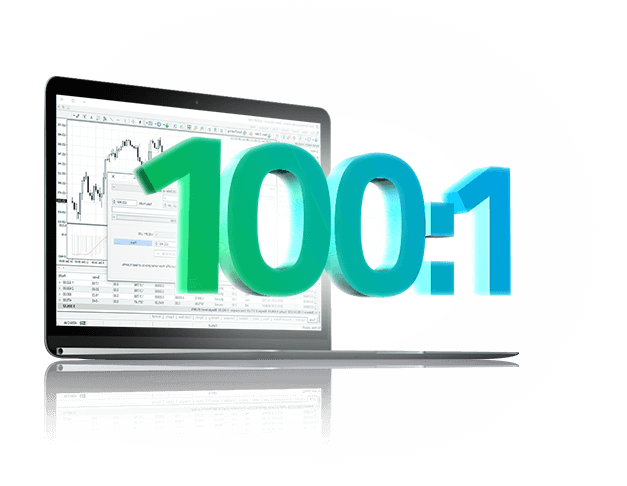
Would you like to be able to open a position valued at $10,000 with less than 5% of the total amount? This is possible with leveraged trading with the maximum leverage ratio available being 500:1. The leverage ratio varies across Account Types and the instrument being traded. For instance, leverage on major currency pairs is higher than digital currencies.
Go Long or Short
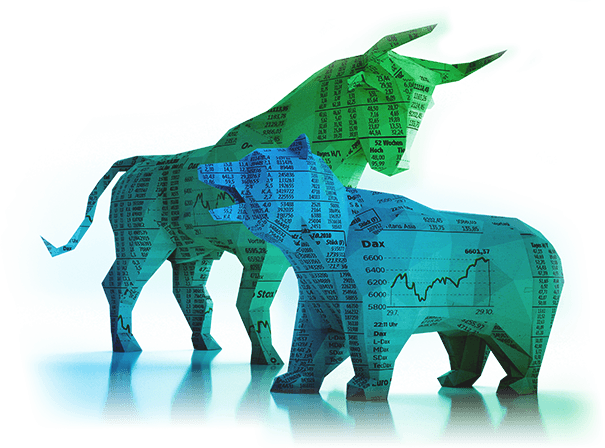
This is one of the unique features of exchange contract trading. Unlike most other financial instruments, traders can capitalise on market volatility by benefiting from both rising and falling prices. This flexibility allows traders to open a short position and effectively sell the current of an underlying asset. This differs to most other financial instruments which only allow you to open a long position.

Risk Management
Strategies
Hedging is a popular Risk Management strategy. The ability to open a short position can be used to mitigate risk exposure in a current position which a trader already holds. Assume one is holding a substantial amount of physical gold but expects its value to depreciate. Rather than sell the physical asset, they could open a short position using an exchange contract for gold. This would both mitigate risk and allow them to benefit from a potential price drop. Moreover, as it is a leveraged product, they would only need a fraction of the total value of the position to do so.
Different Types
of Derivatives
Traders and investors alike can access various
types of derivatives.
Whether offered
over-the-counter or on a regulated exchange,
the value of derivative products is
directly
affected by the financial performance of the
underlying asset. Some of the most
popular
derivatives contracts are:


Exchange Contracts
Are a contract between two parties who exchange the price difference of an underlying asset. Unlike other derivatives, there is no fixed expiry date with investors able to buy (go long) if they expect a higher price in the future or sell (go short) if their valuation suggests the asset will lose value. Forex brokers such as FP Markets offer exchange contracts in a range of financial instruments including Shares, Metals, Commodities, Indices, and Digital Currencies.


Forward and Futures Contracts
Forward contracts and futures, which evolved out of the former, share similar characteristics. They involve two parties agreeing to trade an asset on a set future date with the value of the underlying asset agreed on today. The distinct feature of futures trading is that the contracts are standardised and subject to daily settlement.


Options
Provide the purchaser with the right, but not the obligation, to purchase or sell the asset being traded at a predetermined price. The right to sell is a put option while the option to buy an asset is referred to as a call option. Depending on the terms or exchange being traded on, the option may be executed on or before the expiry date.


Swaps
Are a unique form of derivative where two parties exchange cash flow or other variables associated with financial instruments. The most popular types of swaps are interest rate swaps, currency swaps, and commodity swaps.
Commodity Swaps: Are the most popular swaps and generally involve large corporations who are looking to fix costs for an extended period of time. Similarly, producers are happy to guarantee a predetermined price for their output in order to hedge against declining commodity prices.
Interest Rate Swaps: This involves two parties that swap interest rates that are alternate to the loan they are carrying and the remainder of their liabilities. For instance, someone with a fixed rate loan and variable interest rate on the remainder of their debt may choose to purchase an interest rate swap for a variable interest rate. The opposite would happen if the interest rate on the loan was variable.
Derivatives
Trading Example
Futures contracts are an easy way to explain how derivatives work. Participants in the coffee industry often use futures to protect against adverse price movements. Coffee can be purchased in a cash market (spot market) where there is a physical exchange of coffee, or in the futures market.
In the latter, a roaster may agree to purchase a certain amount of coffee in the future at a specified price, regardless of the coffee’s market rate at the time of harvest or delivery. Assuming the price of coffee is $100 today, a roaster may choose to lock in a future price of $110 for a period of 5 years. The $10 margin is in many instances a small price to pay to secure a future price and protect against significant increases over time.
The benefits of futures can be seen throughout an economy. Derivative transactions via stock exchanges and counterparties support the national economy and are an organised means for companies to safeguard against price volatility. They also enable large corporations to offer consumers products and services at longer lasting stable prices.
A similar practice occurs in the forex market where large financial institutions buy and sell currencies to safeguard against exchange rates.
Derivatives Trading
and Leverage
One of the major benefits of derivatives trading is that in many instances, traders can use leverage to take a position on a financial instrument at a fraction of the cost of the underlying asset. The ratio between the amount of money in your trading account and the sum you are able to trade with is known as leverage.
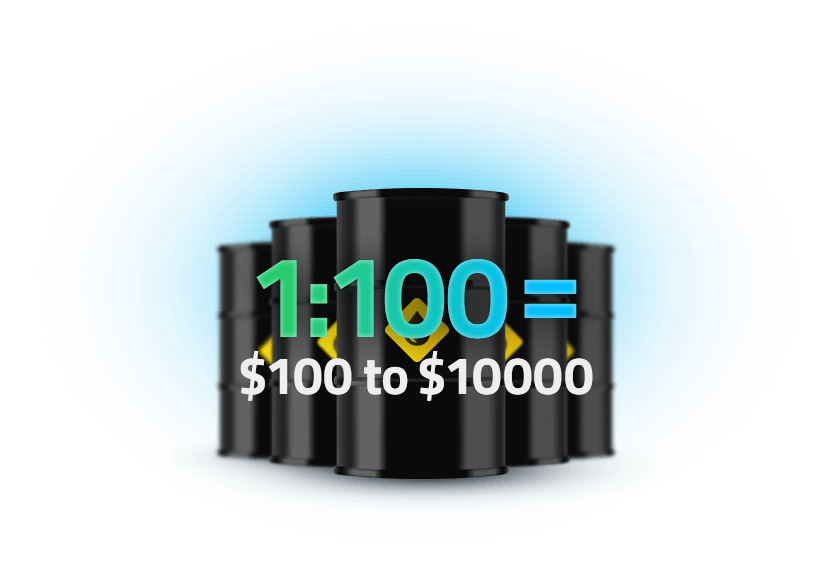
For example, a trader has a leverage ratio of 100:1. This means that they only need to have 1% of the total amount of the value (margin) to execute a trade. Let's assume that the value of 1 Crude Oil contract is $200 and a trader wished to purchase 50 contracts with a total value of $10,000. Using a leverage ratio of 100:1, they would only need 1% of the total value to execute the trade (1% x $10,000). As a result, a trader would be able to purchase 50 contracts of Crude Oil by depositing only the $100 margin required into their trading account.
Derivative Trading FAQ
Derivative trading can be profitable but it depends on the purposes of trading. With respect to arbitrage, traders look to extract a profit by exploiting tiny differences in the pricing of identical assets in two or more markets. In contrast, if derivatives are being used for hedging purposes, the aim is not to gain a profit. Instead, it is to offset a similar gain or safeguard against potential future price fluctuations.
The easiest way to start trading derivatives is via an online regulated broker such as FP Markets:
Open a Live Account or learn to trade using a Demo Account
Make a deposit using a wide range of funding options
Start Trading
Investing in derivatives can be rewarding but like every financial decision, the parties involved should be aware of any associated risks. Most importantly, an investor must understand the purpose of trading derivatives. They can be included as part of a portfolio diversification strategy or to speculate on the price of a financial instrument. Analysis of the value of the underlying asset should be conducted, including its price movement and any economic news that may affect it.
The main difference between derivatives and equity is in how their value is derived, and the reason why they are traded. Equity derives its value on market conditions such as supply and demand along with news related to the company, economy or other events. In contrast, the value of derivatives is affected by other financial instruments such as bonds, currencies, commodities, and equity such as shares. The main purpose of investing in equity is to make a profit while derivatives can be used as part of a hedging strategy to mitigate risk.

By registering, you agree to FP Markets’ Privacy Policy and consent to receiving marketing materials from FP Markets in the future. You can unsubscribe at any time.
Quick Start & Resources
Markets
Tools & Platforms
Trading Info
About Us
Regulation & Licence
Call us: +44 28 2544 7780
Email: [email protected]